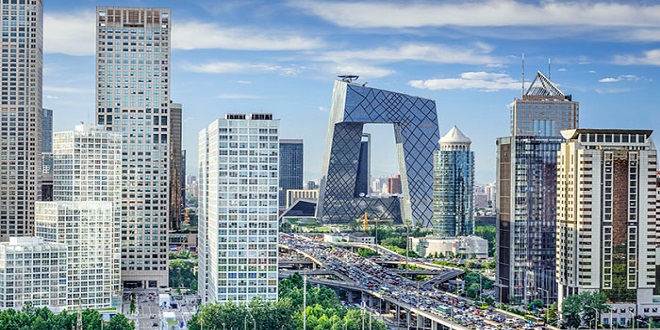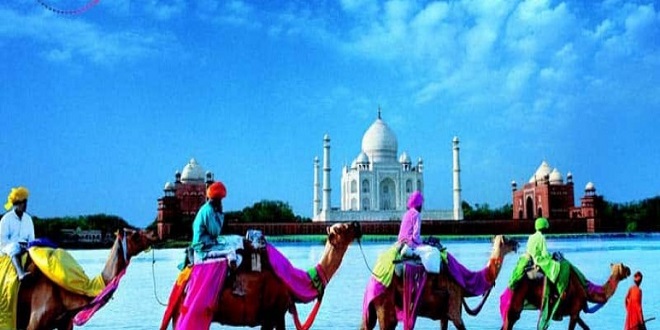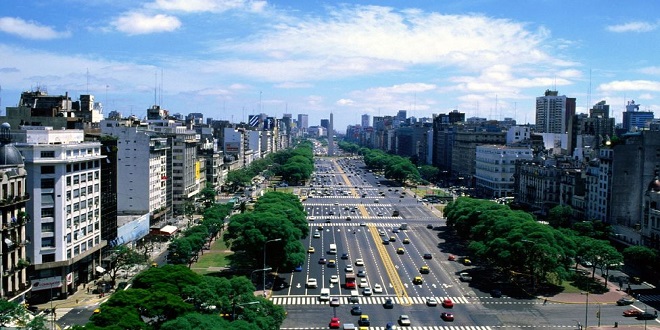The Road Less Traveled China

After a period of isolation, China’s vast lands and myriad ethnicities are opening up for exploration, revealing attractions beyond its big-name imperial monuments.
Over 30 years, China has undergone a remarkable transformation: from an isolated Communist state at the death of Chairman Mao in 1976 to an Olympic host nation and impending global superpower today. Its appeal as a tourist destination is growing, as is the list of sites accessible to visitors. Regions little known to anyone but the locals are following the lead of Beijing and Shanghai and beginning to let foreign travelers into their secrets.
Known locally as Zhongguo, or Middle Kingdom, China is so vast and geographically diverse that it appears more like a continent than a country. As a result, first-time visitors face a familiar problem: “Where do I begin?” Most travelers arrive through one of three gateways: Hong Kong in the south; Shanghai in the east; or the capital, Beijing, in the north. Each city is multi-layered, with its own distinctive culture, cuisine, nightlife, and incredible sights through which the China of the past, present, and future come alive. Nevertheless, these cities represent only a part of this vast country’s multifaceted appeal.
Forget China’s Tourist Trail?
The build-up
China claims several millennia of civilization, and while its rapidly expanding cities hold some attractions, it’s the historical landmarks that draw visitors. Built to prevent Mongol raids on Beijing, the Great Wall of China tops the “must-see” list. In addition, the capital’s clutch of stellar sights includes the Forbidden City, Temple of Heaven, Summer Palace, and Tiananmen Square. Beyond Beijing, the famed Terracotta Warriors of Xi’an, the Three Gorges section of the Yangtze River, and the buzzy brashness of Shanghai all provide an insight into the country’s fascinating culture, history, and landscape.
The letdown
Tours in China are usually led in large groups led by a guide wearing a microphone. As a result, the major stops on the tourist trail are frequently crowded and unnecessarily noisy. The Chinese state also has very defined views about how China is portrayed to foreigners, and “information control” is most evident at major attractions.
Doing it anyway?
While the guides are experts at reeling off official dates and figures, they rarely volunteer much in context. Don’t be afraid to ask polite questions. Doing some research yourself can also help ensure you’re able to form an objective opinion.
Practical information
Entry Requirements
Visitors to China must obtain a visa in their home country before their trip. Therefore, it is not possible to get access on arrival.
When to Go
Spring and fall usually offer the most pleasant temperatures.
Air Travel
China’s gateway cities (Beijing, Hong Kong, and Shanghai) are served by international airlines. The country also has a good network of domestic flights, with frequent daily flights to and from all the major cities. The website www.ctrip.com is a valuable resource for bookings.
Train Travel
Chinese train travel is being revolutionized by ongoing investment in new tracks and the gradual introduction of high-speed inter-city “bullet” trains. See www. travel china guide.com/china-trains.
Road Travel
China has an extensive network of inter-city coaches, but the distances are vast, journeys long, and levels of comfort low. Visitors who wish to drive themselves must obtain a Chinese license – but be warned, the road rules applied in many countries are largely absent in China.
Climate
Temperatures vary considerably, from tropical areas in the south to desert in the west and long-frozen winters in the north. However, most places experience hot, rainy summers and cold, dry winters.
Last word
In recent years, getting off the established tourist trail in China has become much more manageable. Two of its largest and most historically significant cities, Guangzhou and Chongqing, are investing heavily to attract more visitors. In addition, the ancient gardens and canals of Suzhou are being restored and improved to entice day-trippers from Shanghai. And a visit to the remote province of Guizhou, in southwest China, is gratifying, affording a fascinating insight into the culture and traditions of the ethnic Miao people, whose picturesque villages dot the lower reaches of the fertile alpine countryside.




